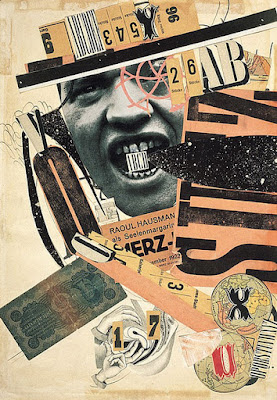Wednesday, October 31, 2012
Tuesday, October 30, 2012
Monday, October 29, 2012
Sunday, October 28, 2012
Space Suit
Spanish Colonel Don Emilio Herrera Linares designed and built a full pressure suit (escafandra estratonautica) in 1935, which was to have been used during an open-basket balloon stratospheric flight scheduled for early 1936.
The Spanish Civil War intervened. Herrera chose the Republican side, and the rubberized silk suit was cannibalized to make rain ponchos for Republican troops. In 1939 he fled to France, where he died in exile in 1967.
Herrera's suit featured an inner airtight garment (tested in the bathtub in his flat in Seville), covered by an accordion-like, pleated and jointed metallic frame. Joints were made for the shoulders, hips, elbows, knees and the fingers. When tested at Cuatro Vientos Experimental Station, the suit's pressurized mobility was found to be "thoroughly satisfactory", according to its inventor. If this was he case, it means that he solved one of the main problems of pressure suit design decades before B F Goodrich or David Clark!
The Spanish Civil War intervened. Herrera chose the Republican side, and the rubberized silk suit was cannibalized to make rain ponchos for Republican troops. In 1939 he fled to France, where he died in exile in 1967.
Herrera's suit featured an inner airtight garment (tested in the bathtub in his flat in Seville), covered by an accordion-like, pleated and jointed metallic frame. Joints were made for the shoulders, hips, elbows, knees and the fingers. When tested at Cuatro Vientos Experimental Station, the suit's pressurized mobility was found to be "thoroughly satisfactory", according to its inventor. If this was he case, it means that he solved one of the main problems of pressure suit design decades before B F Goodrich or David Clark!
Source: Encyclopedia Astronautica
Photo: Nationaal Archief @ Flickr
Saturday, October 27, 2012
Wednesday, October 24, 2012
Tuesday, October 23, 2012
Monday, October 22, 2012
Sunday, October 21, 2012
Thursday, October 18, 2012
Wednesday, October 17, 2012
City of Tomorrow
Artist: Frank R. Paul
Scanned and retouched by Paul Malon @ Flickr
More Frank R. Paul @ Dieselpunks.org:
Monday, October 15, 2012
Sunday, October 14, 2012
Saturday, October 13, 2012
Beer Expressionism
Kindl Brewery tower, Berlin
1926
Architects: Hans Claus and Richard Schepke
Photo by Gabriele Kantel
Friday, October 12, 2012
Streamline Kitchen Ware
Mickey wrote: "T G Green, based at Church Gresley near Burton-on-Trent, were famous
manufacturers of kitchen ware - notably the blue and white striped
'Cornish Ware". The pottery closed some years ago, sadly, and the
name is now continued simply as a brand. This catalogue cover for the
very '30s style 'Streamline' wear dates I suspect from the latter half
of the decade. "
Text and image: mickeyashworth @ Flickr
Thursday, October 11, 2012
Wednesday, October 10, 2012
Tuesday, October 9, 2012
Monday, October 8, 2012
Sunday, October 7, 2012
Saturday, October 6, 2012
Friday, October 5, 2012
Crocoloco
DRG E93 was a class of powerful (3355hp) heavy electric locomotives built by AEG for the German State Railways in 1933-1938.
Inspired by electric locos of the Swiss and Austrian Federal Railways, it was also dubbed Krokodil (crocodile).
Source: Deutsche Krokodil website
Thursday, October 4, 2012
Subway Tram
This colourful illustration was issued by the then municipal London
County Council Tramways to publicise the re-opening of the
subterranean Kinsway tram subway in 1931. It had been reconstructed to
take double-deck trams. The subway ran from Theobolds Road to the
Embankment, under Waterloo Bridge, and there were two tram 'stations'
- at Holborn and Aldwych. It was an essential link between the vast
tram network north and south of the Thames that would otherwise have
been, effectively, severed due to the refusal of the inner London
Councils at the time to countenance street running of tramways.
The poster shows both tram stations, the street above and the trams - 'Pullman' rather cheekily referred to the refurbishment of trams the LCC carried out - with upholstered seats - to make them less basic in comparison with the rapidly developing motor bus!
The artwork was also used as the cover for a booklet at the time.
The poster shows both tram stations, the street above and the trams - 'Pullman' rather cheekily referred to the refurbishment of trams the LCC carried out - with upholstered seats - to make them less basic in comparison with the rapidly developing motor bus!
The artwork was also used as the cover for a booklet at the time.
Text, image: mickeyashworth @ Flickr
